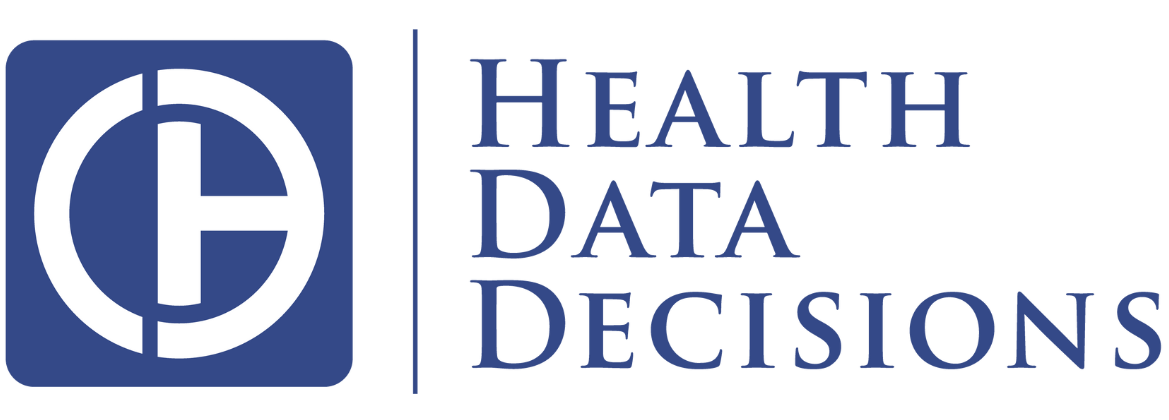Introduction to Interoperability and FHIR for Quality Initiatives

Contents
Understanding Interoperability and FHIR
Interoperability and modern data exchange might sound technical, but they are becoming essential for Quality teams in healthcare. As healthcare professionals, your role in quality initiatives is crucial, and understanding these concepts will help you deliver better patient care. The Centers for Medicare and Medicaid (CMS) have made it clear that the future of data exchange is moving towards FHIR (Fast Healthcare Interoperability Resources).
What is FHIR?
FHIR is a standard designed to simplify how healthcare data is shared and accessed. Here are some key points:
- Combines Clinical and Claims Data: FHIR can handle both types of data, making it easier to get a complete picture of patient health.
- Uses Modern Web Standards: Built on technology similar to websites you use every day, making it accessible and easy to implement.
- Secure and Queryable: Ensures data is transmitted securely and can be easily searched and accessed.
- Supports Bulk Data Exchange: Can manage data for large groups of patients efficiently.

Easier Access to Patient Information
With FHIR, you can access patient information more quickly and accurately. Imagine being able to see a patient's complete history, including recent lab results and medication lists, without having to dig through multiple systems or wait for data to be transferred. This timely access can enhance patient care by ensuring you always have the most up-to-date information at your fingertips.
Real-Time Data for Better Decision-Making
FHIR allows for real-time updates, meaning you get the most current data, helping you make informed decisions faster. For instance, you’ll know immediately if a patient has been admitted to another facility, which is critical for coordinated care. This capability is particularly important in emergency situations where having the latest patient information can be lifesaving.
Streamlined Processes
FHIR can significantly reduce the time you spend on administrative tasks, allowing you to focus more on patient care. Here’s how:
- Claims Data: Access claims data within a day of processing, helping you quickly understand the services provided and plan follow-up care.
- Enrollment and Provider Data: Get up-to-date information on patient enrollments and provider networks, ensuring you have the latest details at your fingertips.
- Supplemental Clinical Data: Payers must make supplemental clinical data available to patients within one day of receiving it, which means you can access comprehensive patient information promptly.
Meeting FHIR Requirements for Data Timelines
Timely data availability is a key requirement under the FHIR standard:
- Administrative Data: Enrollment, patient demographics, claims, and provider information must be accessible within one day of processing. This ensures that all relevant data is available almost in real-time.
- Supplemental Clinical Data: Any additional clinical data received from various sources must be made available to patients via application endpoints within one day. This rapid availability supports better patient engagement and care coordination.

Get Familiar with the Basics
You don’t need to be an IT expert to benefit from FHIR. Start by learning the basics.
- Attend Training Sessions: Many organizations offer training to help you understand how to use FHIR effectively. These sessions can provide you with the knowledge you need to leverage FHIR in your daily tasks.
- Ask Questions: Don’t hesitate to ask your IT team for clarifications or demonstrations. Understanding how FHIR works can help you make the most of this technology.
- Join HL7: The HL7 FHIR community is extremely welcoming and supportive to those of all levels of expertise and knowledge. Start by checking out HL7 Work Groups. If you need help navigating the spectrum, contact us and we can help you determine what best aligns with your goals and objectives. KHS is involved in multiple Work Groups across the spectrum.
Leveraging FHIR for Enhanced Implementation
Adopting FHIR requires a structured approach and a roadmap that effectively guides us through its complexities. Begin by identifying and prioritizing critical data elements that impact quality and efficiency. Establish robust connections to FHIR data resources, ensuring secure endpoints and seamless data flow. Proper configuration and stringent authorization protocols are essential to protect sensitive information and ensure compliance with regulatory standards.
To maintain high data quality, rigorously design and test your data extraction and validation processes. Integrate FHIR data with existing data streams to support risk adjustment and Stars programs, which allows for real-time updates and reduces manual reconciliation. Continuously evaluate the impact of your FHIR implementation by developing metrics to measure success and calculate ROI, identifying areas for improvement.
A strategic roadmap is essential to scale your FHIR implementation. It starts with a pilot project and gradually expands. Developing comprehensive RFP requirements if engaging a data aggregator or NCQA-certified Data Aggregation Vendor (DAV) ensures alignment with organizational goals and technical needs.
This structured methodology will streamline data exchange processes, enhance your data strategy, and improve patient outcomes and operational efficiencies.
Partnering with industry experts provides tailored solutions, ensuring regulatory compliance, enhanced data strategies, and improved patient outcomes.
Leverage Industry Expertise
Partner with experts like Health Data Decisions and Kiser Healthcare Solutions to guide you through the transition. We offer support and resources to help you integrate FHIR into your daily workflow smoothly. Our teams can provide tailored solutions to ensure that you are meeting all regulatory requirements and maximizing the benefits of FHIR.
Conclusion
The move towards FHIR and improved interoperability is an exciting development that will enhance your ability to provide high-quality care. By embracing these changes and utilizing the available resources, you can make your job easier and more effective. Remember, the goal is to streamline data access, reduce administrative burdens, and ultimately improve patient outcomes.
For more detailed information on FHIR and its implementation, refer to the comprehensive article by Health Data Decisions, Transforming Patient Care: The Critical Role of FHIR in Modernizing Health Data Exchange. This resource provides in-depth insights into the regulatory background and strategic benefits of FHIR.
Acknowledgments
Health Data Decisions and Kiser Healthcare Solutions collaborated on this article. We thank both organizations for their invaluable contributions and expert insights that greatly enhanced the depth and quality of this discussion. Their expertise in leveraging FHIR technology and advancing healthcare innovation has been instrumental in providing strategic guidance and effective solutions to healthcare organizations facing the challenges of data interoperability and regulatory compliance.
Health Data Decisions empowers health plans and providers with data integration, sharing, and optimization expertise for Risk Adjustment, Star Ratings, HEDIS®, and Value-Based Care. Partner with us to unlock your organization's full potential in the competitive healthcare landscape.
To learn more email us at info@healthdatadecisions.com or call at (781) 516-8799.
Kiser Healthcare Solutions provides strategic and business operations consulting services to healthcare industry stakeholders seeking to manage and improve healthcare quality, delivery, interoperability, and value.
To learn more email us at info@kisersolutions.com or call at (703) 435-9890.
